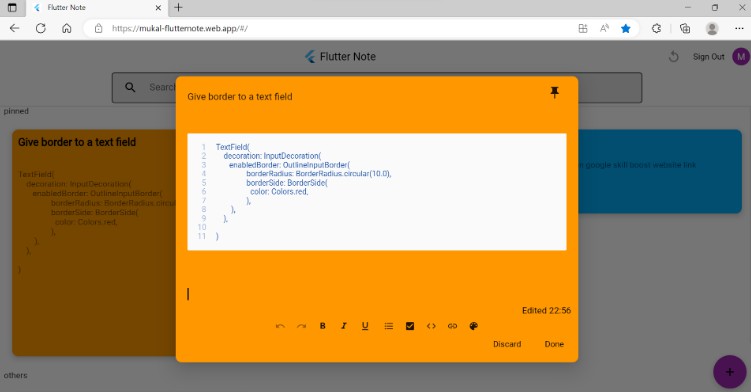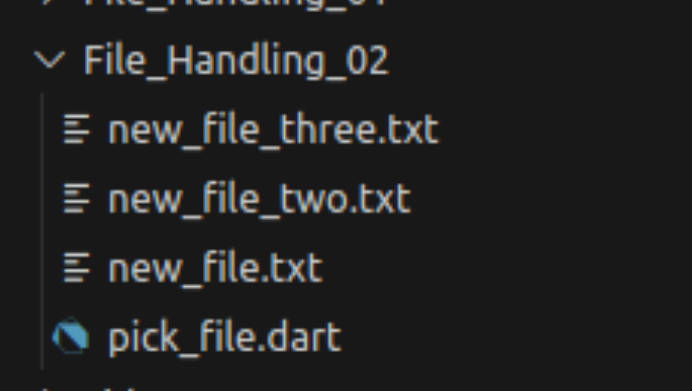Operator Frog ?
What is Operator Frog
Operator Frog is a < 24h thought experiment that I did. I wanted to know if we could write a strange looking API in Dart for HTTP communication without needing any kind of code generation.
How does it work?
Operator Frog overwrites operators to create an API that does not depend on methods. This doesn’t make it readable (unless you are me) but it is a nice showcase of how you can overwrite operators in Dart and that certain kind of operators (bit-wise vs comparators) have a certain logic when it comes to their return type.
For instance any bit-wise operator (&, ^, |, >>, <<<) in Dart will allow to directly chain the next bit-wise operator without having to put the statement in parentheses. While the comparator operators (>=, >) will assume that the next operator is called on the left side of the previous operator call.
This mean there is a certain restriction in how you can define chained API logic. For instance with the client from Operator Frog you can do the following:
final client = http > 'http://localhost:8080';
await (client.post / 'todos' &
header >> {'Content-Type': 'application/json'} &
json >> {'title': 'A new Todo'});
Notice how we are using >> and & to setup our request object? If instead of >> we used > it would complain that The operator '>' isn't defined for the type 'HttpRequest'. because the > is being called on the result of client.post / 'todos & header and not on header.
Readability
I tried to remain some form of readability on both the client and server side by using specific operators for specific actions. For instance the action to create a request (or define a route on the server) I used the / operator, indicating the start of a path: /some/path.
If something needs to be added to an object, like adding a header or a query to HttpRequest I used the & operator, indicating this with that or this and that.
And then if we wanted to set the final value, like the route executor or the final value of a body I used the >> operator, which should be read as this uses that.
On the server side I decided to use the | to chain routes or middleware. As only route can ever be triggered for a single request it should be read as this or that.
To facilitate these operators the server and client packages both provide certain constant values that have these operators defined:
- Server
middleware > (Handler) => Handler: to define a new middleware handlerMETHOD / 'path' >> (RequestContext) => Response: whereMETHODis one of the provided HTTP method constants,get,post,put,patch,delete,head,options
- Client
http > 'http://host:port': to create a new clientclient.METHOD / 'path': to create a new http request that is also future-able.request & RequestAttribution: to add an attribution likebody,json,queryorheader.RequestAttribution >> dynamic: to set the value of a specific attribution.
What now?
Nothing, honestly this shouldn’t ever be used in any form or sense as it is not readable and there are probably a lot of caveats and issues with this approach that I didn’t even think off.
If anything this should serve as a reminder that it is okay to stray of the “correct” path and do some exploration yourself, at best you will find a cool concept and at it’s worse you might learn something new.
Credits & Gratitude
I would like to give gratitude for the existence of Dart Frog, which was used to build this API.
And I would like to give a shout-out to Felix Angelov for tolerating (and debugging) this thought experiment.




